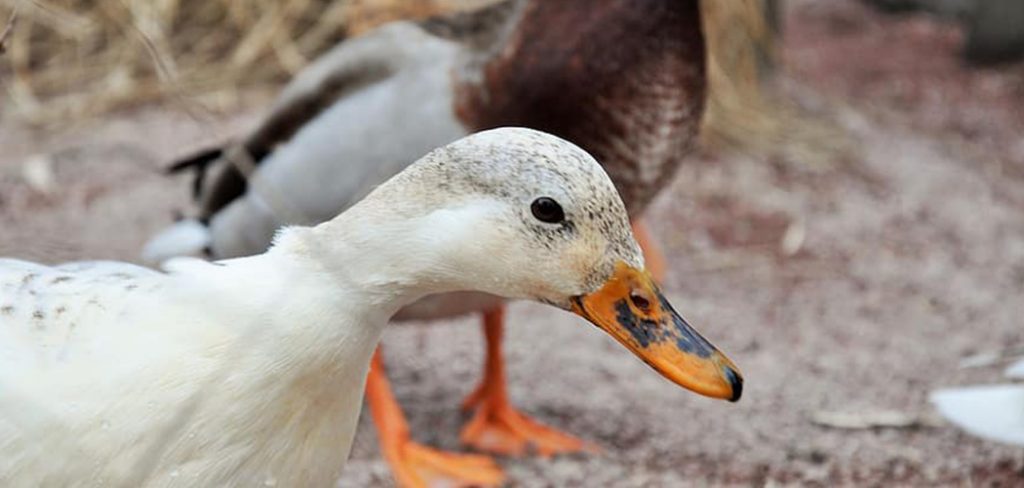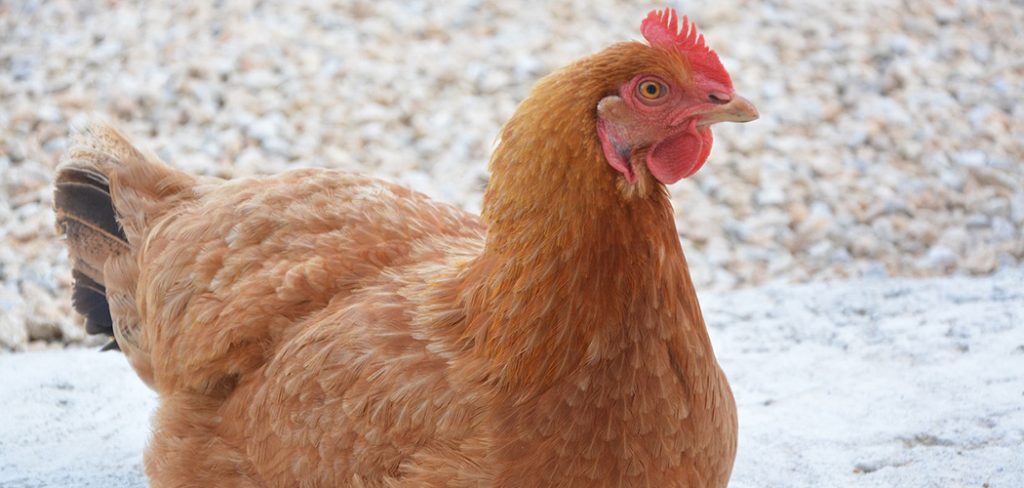Aside from pigs, cows or the more common animal source such as chickens, goats are also a good source of meat and milk. Goat’s milk can also be used for producing other products that are well-loved, such as goat cheese. Learning how to raise goats helps open the doors towards the opportunity to grow goats for sale as meat or as sources for other organic products such as milk.
Goats are social and independent creatures. They are also very intelligent, and do not usually thrive when they grow alone. Thus, when learning how to raise goats, it is important to note that raising only one at a time is not advisable. Goats are also known to be agile, and can jump from place to place, especially when there are puddles of water, since goats tend to avoid these things. Knowing what goats eat, how they live, and what their preferences are will definitely improve the chances of growing healthy goats for profit.
1. Raising Goats for Meat
In order to begin the journey of raising goats for meat, the first thing to consider when going through this process is choosing the right breed. Goats come in all shapes and sizes, and they come in different breeds that have different characteristics. Certain breeds like the Boer, are preferred more in terms of how they grow to produce meat. These kinds of breeds can produce more weight as compared to other breeds, which is why picking meat-bearing breeds can be more beneficial than picking other goat breeds at random. Giving thought to this part of the process can save a lot of time and money in terms of getting into the business of raising goats for meat.
The next step to raising goats for meat is being able to choose the right house and fencing for these animals. Goats require shelter which is dry and draft-free. They do not like the water, and avoid puddles whenever they are found on the ground. This is why when building shelter for goats, you have to make sure that it is free from any leaks and puddle sources. Building shelter can include making one that is three-sided, or a full on shelter that is also fully insulated. To keep the goats in a specified area, you also need to make sure that they still have access to greenery and pasture to feed on. Adding padlocks to prevent it from opening unnecessarily is also a good tip t remember.
Read my post about Kiko Goats.
Feeding
To feed your goats, it is best to primarily allow them to feed on grass and shrubs, or small trees that grow around the area. Aside from this, to add weight to the goats, their forage should be dense and of good quality. Maintaining the health of your goats as soon as you obtain them, even at an early age, requires always looking after them and knowing when they need to be fed or given other basic necessities such as water. Also make sure that they are always within a safe area, and that they have enough space to go around. The number of goats in a specific space should also be considered, since having too small a space for too many goats is difficult when it comes to diseases and infections.
Disadvantages of raising goats
Some disadvantages are due to the lack of experience and knowledge on the part of those who wish to get into the act of selling and raising goats for sale for meat. Sometimes, without knowing which breeds are good in terms of meat production, or what certain types of breeds need to survive, this can result in losses in profit thereby making the business a headache instead of a source of profit.
Selling goats can also be a challenge, since you also need to be able to sell the goats at a good price. However, if there is no demand for the meat or the breed, it can be disadvantageous to have too many goats since the supply would outweigh the demand. Because of this, profits can also greatly decrease when compared to the amount it costs to raise the goats well.
Another problem to consider is the fact that goats can also attract unwanted predators to your farm. Goats are one of the things that predators such as wolves, cayotes or other wild animals tend to feast on. They are prey and easy to challenge for other bigger, more dangerous predators, and their presence can endanger the lives of other farm animals which are also susceptible to becoming prey to these predators, such as chickens or turkeys.
2. How to raise goats in your backyard
For those who do not own farms or lands on their own to raise numerous farm animals, you might be asking how to raise goats in your backyard. When deciding to raise a goat on your farm, it is important to know how much land you’re willing to allocate to raising such animals. It is best to start out only with a few goats first to get a feel of how it would be like to raise goats. Also, put up proper shelter and fences where the goats can live in.
Conclusion
Goats are a good source of profit even for those who choose to raise them in their backyard. They can produce good meat that is marketable, and milk that can be consumed as milk or used as goat cheese. Learning how to raise goats entails knowing what to feed them, when to feed them, and the type of housing that they need to survive.
It also includes knowing what factors and disadvantages you should consider before getting into the business. Getting into the business of raising farm animals teaches you that there can be more to life by raising other living creatures and animals. It also is a fulfilling and rewarding experience caring for other animals. However, you should also equip yourself with the proper knowledge and skills before fully committing to this kind of life. Thus, with reading up first on what makes this kind of business unique, you will definitely realize if this life is for you.
Read my other post on the best livestock for Hobby farming.

